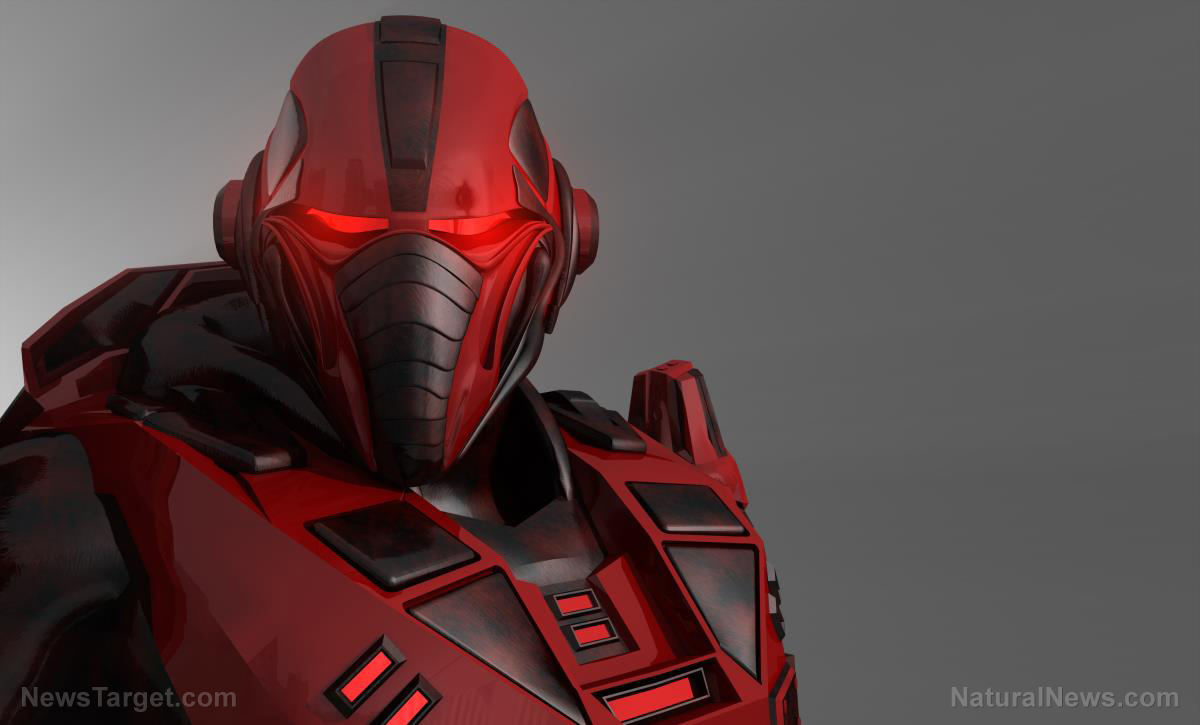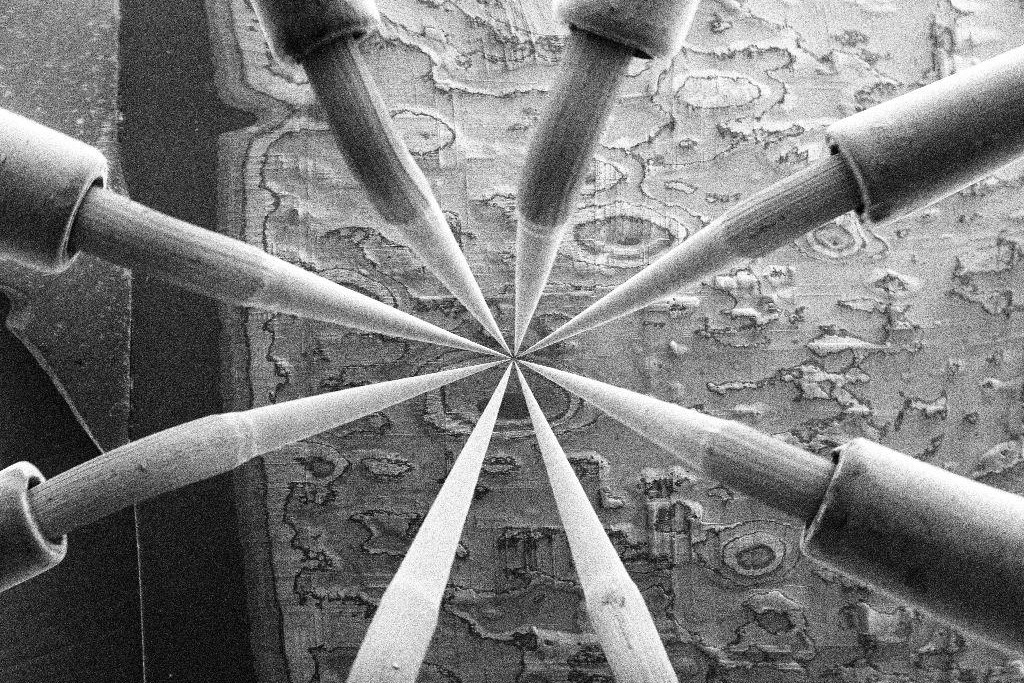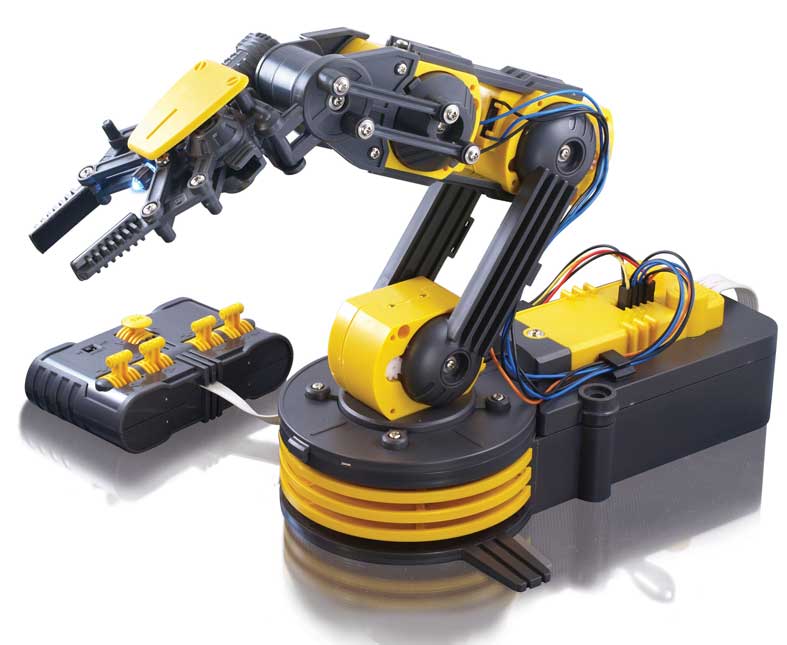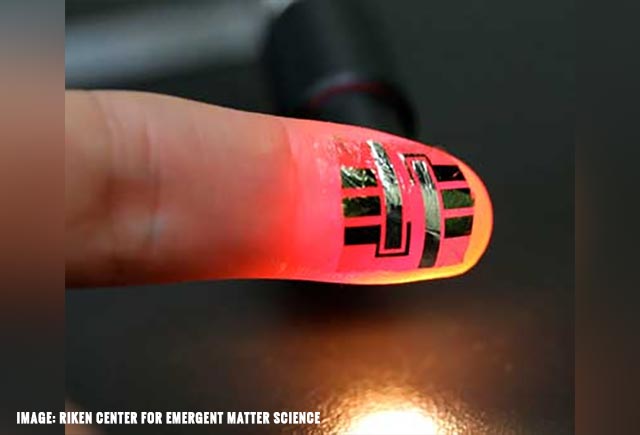Chinese researchers develop a shape-shifting robot inspired by the Terminator
01/18/2019 / By Rhonda Johansson

A soft robot powered by liquid metal with self-repairing and shape-shifting abilities has recently been developed by Chinese scientists who openly admit to being inspired by the T-1000 killer android from the Terminator films. The palm-sized AI comprises of a plastic wheel, a small lithium battery, and drops of liquid metal. As the robot undulates on a surface, its center of gravity continuously shifts due to the liquid metal. This, in turn, alters the voltage of the embedded battery, which then provides feedback to the robot on what form it should take, and how to further move.
The design has potential implications in both the healthcare and emergency services industries. The robot may help in search-and-rescue missions, since they can change shape and slide under doors or go through spaces that an ordinary human would not be able to get into.
But it’s not only the “big” things that count here. The device can be further developed to create a robot small enough to deliver life-saving nutrients inside the body, or target cancer cells before they proliferate. The possibilities of this AI’s use is only limited by our imagination, the Chinese scientists say.
Li Xiangpeng, a robotics professor at Soochow University in Suzhou, China, said that the project began in 2011 after the unique properties of liquid metal alloys were discovered. The high electrical conductivity of the material, along with its extreme flexibility, tickled the imagination of the Chinese team. However, Tang Shiyang, a research fellow with the University of Wollongong who was part of the study, readily explained that the final impetus was seeing the flexible, self-reconfiguring robot in Terminator 2 – though they were quick to explain that their design is not meant to be used to hunt people down or kill them, as seen in the 1990s blockbuster film.
It is a possibility, however. Both Li and Tang have admitted that tiny nanorobots – especially those that are flexible and have high energy conversion rates – could be used by the military for espionage. Already, the team are looking at improving their robot so that it has multiple wheels, which would make it even more mobile and malleable.
On a different but similar note, the Chinese team has announced that they are working on developing a robot similar to BB-8 from the recent Star Wars films. This “helper” droid will have a free-moving domed head that will assist various professionals in their jobs.
Bolts for thighs, wires for lips
It’s pretty unbelievable just how fast things have progressed. AI technology has grown at such a pace, even experts are dumbfounded by its progress. Let’s take a look at just how far robot advances have gone:
- Robots that can run and even do parkour stunts – Forget the bulky robots that walk like they have several screws up their backside. Developers have now created robots that can move like humans – and even do freakishly impressive parkour stunts in a lab.
- Robots that can paint – High-art has always been laughed at for showcasing pieces that no one can really understand, and it looks like the world of “progressive modern art” is taking it a step further. Last October 2018, a portrait of a man created by an AI sold for $432,000 at an auction.
- Robots that can talk to you and hold a pretty decent conversation – We’ve become used to AI assistants like Siri or Alexa, but Google recently announced that they’ve created a technology that allows you to have a natural-sounding conversation with a robot.
- Robots that you can have sex with – Sex dolls are not necessarily new, but researchers are now making dolls that can moan, orgasm, and even remember your favorite position during coitus. Interestingly, robot ethicists are now calling for robot sex dolls to be programmed with a “consent” software, meaning that their owners need to ask for their consent first before having sex with them, in order to prevent “a potential robot rebellion in the future.”
Read more about the latest in AI technology at Robotics.news.
Sources include:
Tagged Under: AI, artificial intelligence, breakthrough, future science, future tech, innovation, machine learning, military tech, new technology, robotics, robots, soft robots, technology



















